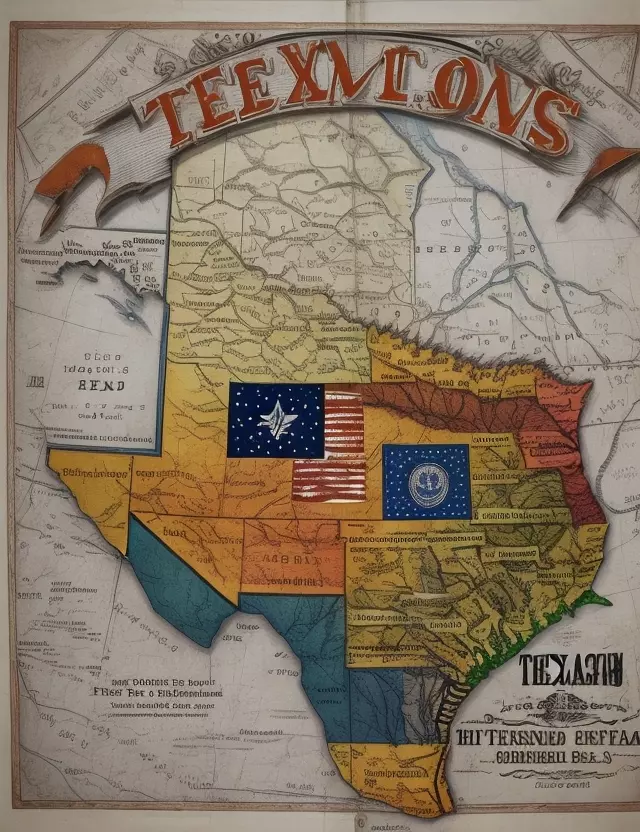Texas Admitted as the 28th U.S. State: From Republic to Statehood
December 29, 1845, Marks Texas' Entry into the Union

Texas Admitted as the 28th U.S. State: From Republic to Statehood
On December 29, 1845, a pivotal moment in American history unfolded as Texas was officially admitted as the 28th state of the United States. This marked the culmination of Texas' journey from its independent existence as the Republic of Texas to joining the Union.
Republic of Texas
Prior to its admission to the United States, Texas had declared its independence from Mexico in 1836 and operated as the Republic of Texas. For nearly a decade, Texas existed as a sovereign nation, navigating its path amid challenges and opportunities.
The Annexation
The desire for annexation to the United States was strong in Texas, and on December 29, 1845, this aspiration became a reality. Through a joint resolution of the U.S. Congress, Texas was officially annexed and welcomed into the Union, becoming the 28th state.
Impact on the Nation
Texas' admission had a profound impact on the nation. It expanded the territorial boundaries of the United States and added a region rich in resources and cultural diversity. However, it also contributed to the ongoing debates and tensions over the issue of slavery, influencing the events leading up to the American Civil War.
Legacy of Texas Statehood
The legacy of Texas statehood endures as an integral part of American history. Texas, with its distinctive culture and vast landscapes, has played a significant role in shaping the nation's identity and development.
Commemorating December 29, 1845
As we reflect on December 29, 1845, we honor the anniversary of Texas' admission as the 28th U.S. state. This date symbolizes the transition of Texas from an independent republic to an essential component of the United States, contributing to the diverse tapestry of the nation's history.



